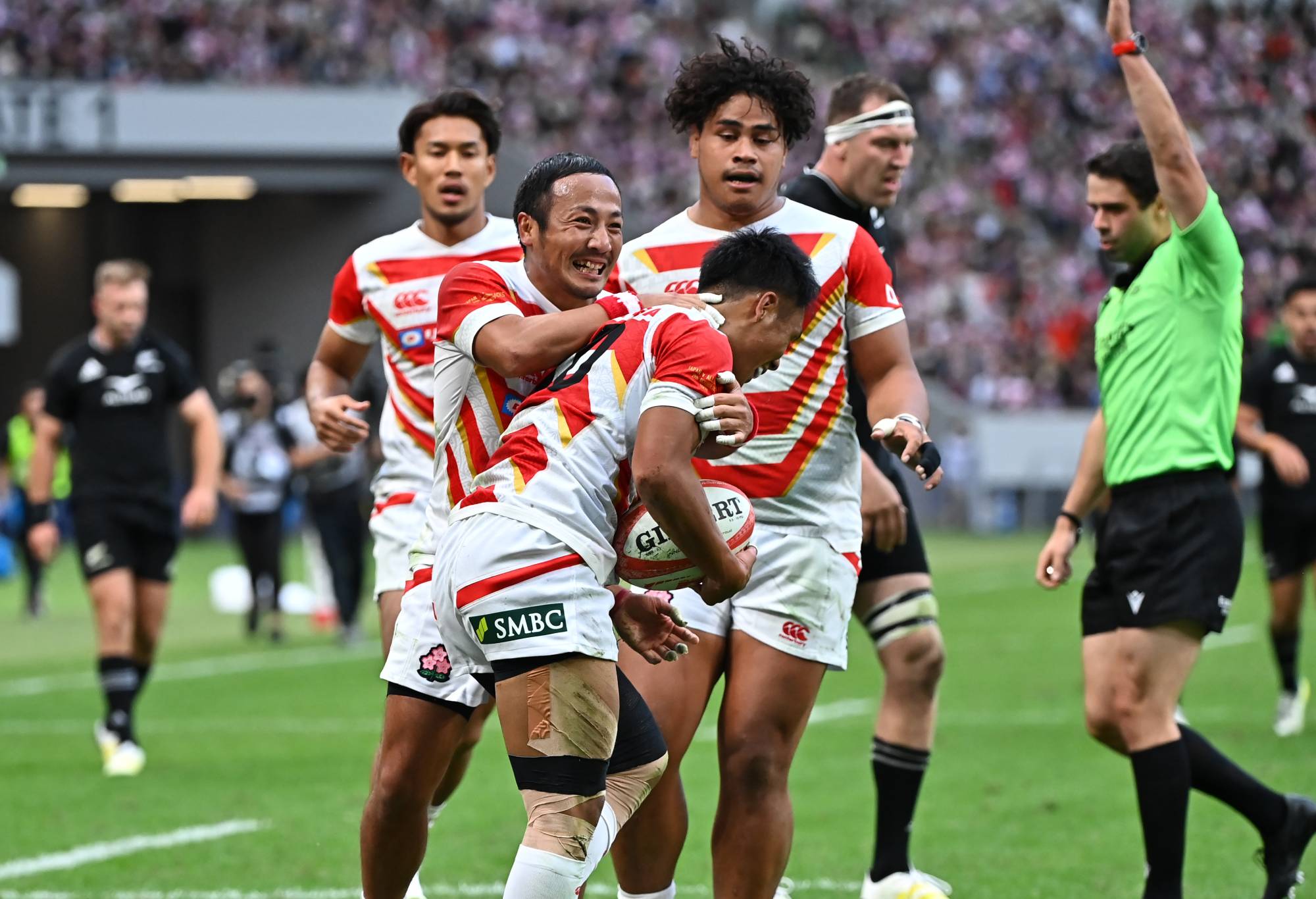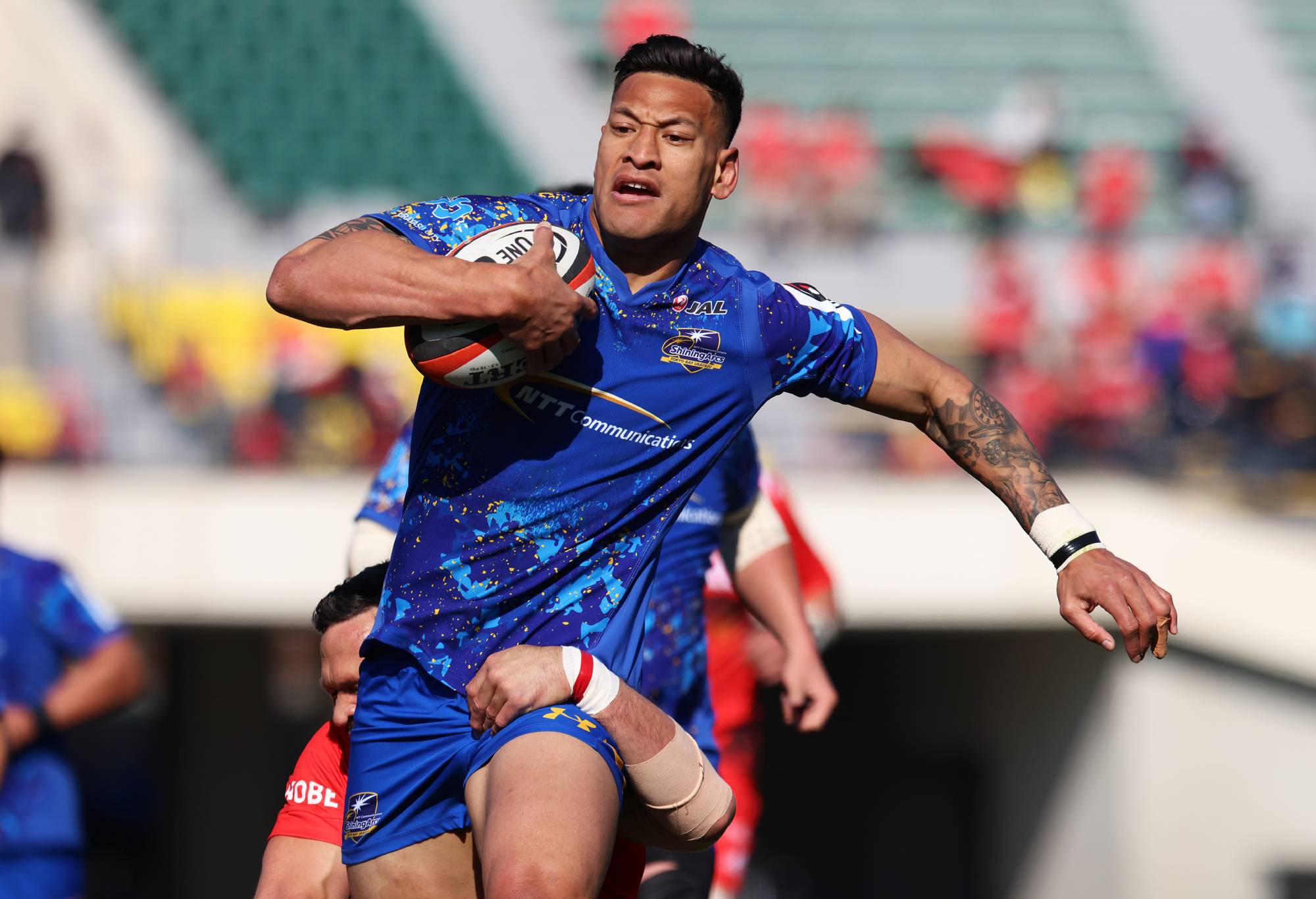In 1986, when the South Pacific championship first began, there were plenty of doubters.
These only gained in numbers when immediately after the first round, 31 of New Zealand’s premier players literally ‘did a runner’, racing from the Lancaster Park dressing room to the airport to join the unsanctioned Cavaliers tour of South Africa.
Yet the fledgling six-team South Pacific championship – the first instance of a formal international competition at provincial/state level in the southern hemisphere – not only survived, it flourished.
The inaugural participants – Auckland, Wellington, Canterbury, Queensland, New South Wales, and Fiji (note, no official team monikers) – were onto something, and its stature quickly grew.
By 1989, due largely to being kept out of the New Zealand side of the party by the ‘big three’, the Otago, Waikato and Northland provinces formed their own ‘cross-border’ competition, bringing in the San Isidro and Rosario provinces from Argentina, alongside the Canadian national team.
The CANZ series, as it was known, was only played four times, but it achieved its purpose.
By 1993, the provinces were one big happy family again.
With the re-entry of South Africa from their apartheid-enforced political and sports isolation, and the addition of broadcast loot from their cable sports channel TopSport (Supersport as it’s now known) to pay for the logistics, two (competitions) became one, 12 (teams) became 10.

(Photo by Kenta Harada/Getty Images)
Super Rugby was born, firstly as a cross-border amateur competition, and then as a full-blown 12-team professional entity as the game went ‘pro’ in 1996.
10 seasons. That’s how long it took a good idea to grow into something that was financially sustainable, as well as proving engaging and exciting competition for fans, both existing and those drawn into the game.
The possibility of a cross-border playoff with the top clubs from Japan Rugby League One need not wait 10 years.
It offers similar possibilities to create something new that revives and re-engages the club game in the Asia/Pacific region, both for fans, but also from a commercial/financial perspective.
Have no fears about the competitiveness of the Japanese teams.
One former Wallaby told me last year that he felt the top three or four Japanese clubs, given their personnel, would beat most of the Australian teams.
I asked a leading coach where he thought his team would finish if it played in Super Rugby. He suggested the quarterfinals. But, he added, the clubs would strengthen further should/when cross-border materializes.
And the club game in Japan is already stronger than you think.

(Photo by Buddhika Weerasinghe/Getty Images)
Unlike in Australia and New Zealand, it also has huge scope to grow, not just financially, but in terms of the acquisition of top players at the peak of their powers.
Australia and New Zealand’s playing resources are not going to change too much. Japan’s can and will.
Already, 10 of this year’s Springbok Rugby Championship squad either have been or are playing in Japan.
Australians Marika Koroibete, Samu Kerevi and Quade Cooper have all torn it up on the international stage while playing in Japan Rugby League One. Four All Blacks have been picked directly from Japanese clubs in the last two years.
By 2024, that number will probably be more, with Ardie Savea already confirmed for a Japanese club, while Richie Mo’unga, Will Jordan, Damien McKenzie and Rieko Ioane are only signed with New Zealand until the end of next year: you don’t need to be Einstein to work out why.
The Japanese are not into cricket which is why they would never describe Japan Rugby League One as the IPL of rugby.
But that’s what it is fast becoming and is going to be.
As chairman Genichi Tamatsuka and chief operating officer Hajime Shoji outlined to Brett McKay for The Roar, Super Rugby Pacific teams can be a part of it.
The Japanese do not foresee a fulltime combined competition, removing or destroying the existing leagues.
Like the South Pacific championship, they foresee baby steps, most likely with an end-of-competition cross-over tournament, that would prove complementary to the proposed world club championship (which Japan is included in) when it gets off the ground.
The Japan Rugby League One final is on May 20, a not too dissimilar time frame to Super Rugby Pacific.
They are prepared to modify their schedule, tightening it, to leave room for cross-border playoffs in the existing club window if Australia and New Zealand are.
In doing so they are offering a competitive element to the club season that is fresh, vibrant, protects the integrity of teams in the region’s existing structure and – most importantly – is commercially sustainable.
This is something clubland everywhere needs to consider even more strongly after the recent demise of the Worcester Warriors and potentially Wasps.
The opportunity (and some would say the on-field and commercial salvation for Rugby Australia and New Zealand Rugby) is there.
Hopefully the national and club organisations are as prescient as their forebears were 36 years ago and take it.
*Matt McILraith is a former All Blacks, Wallabies and Crusaders media manager. He is author of five books including a history of the first decade of Super Rugby ’10 Years of Super 12’ which included a detailed section on what came before. He now assists Japan Rugby League One in a public relations capacity.






























































































